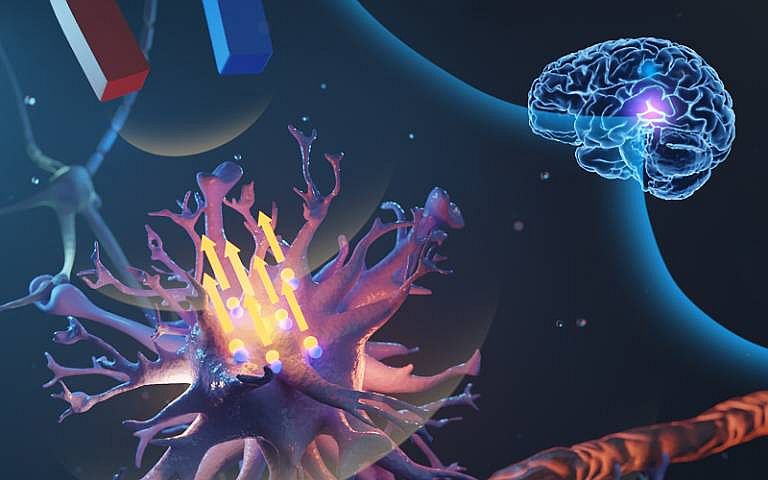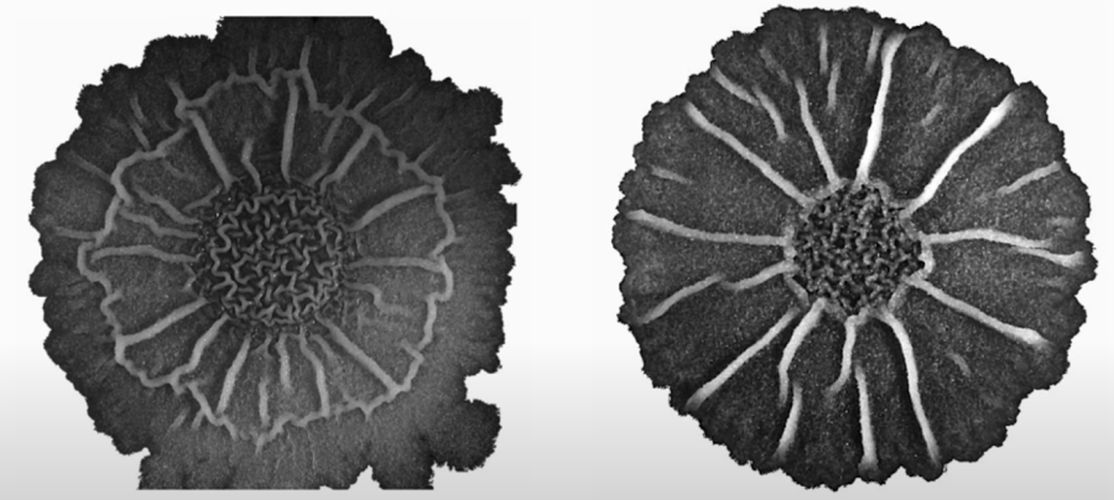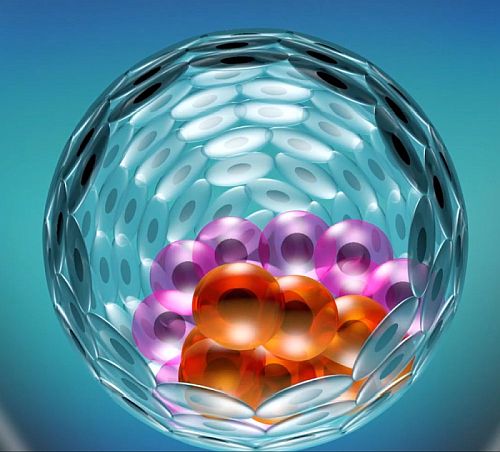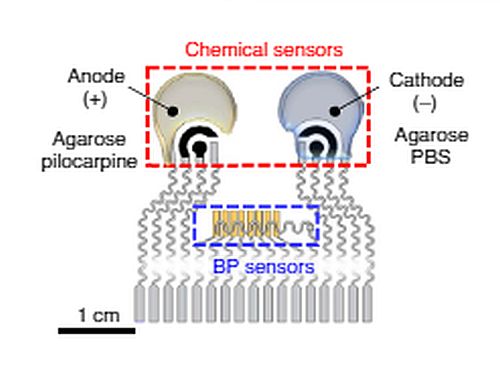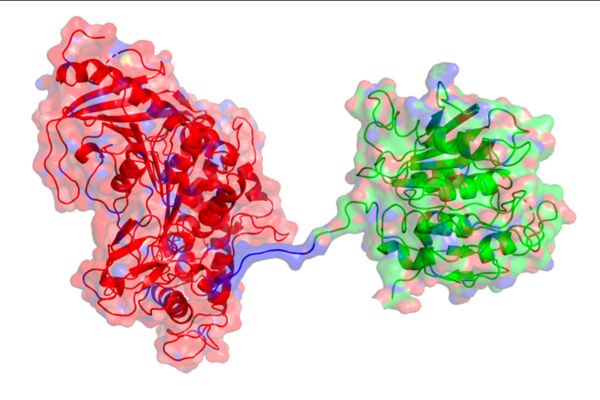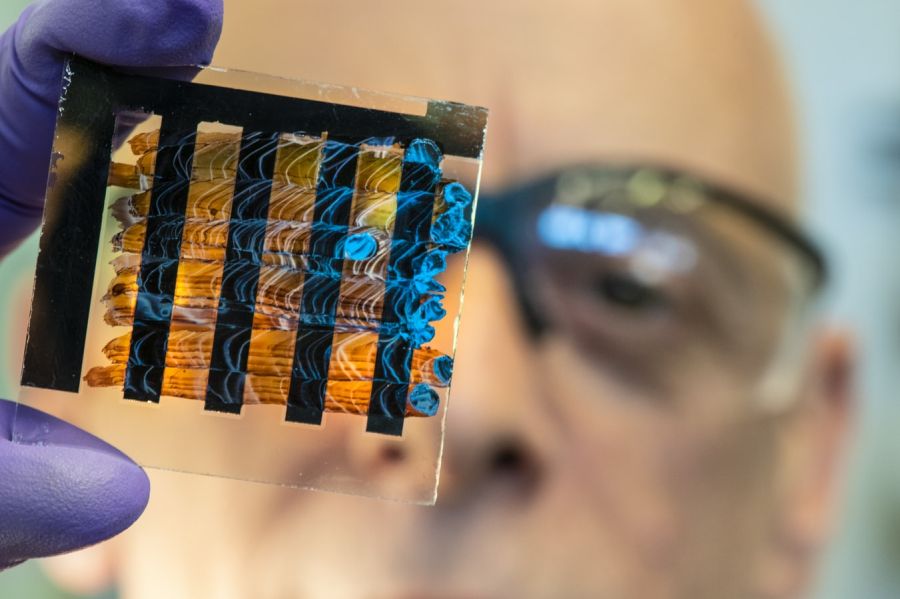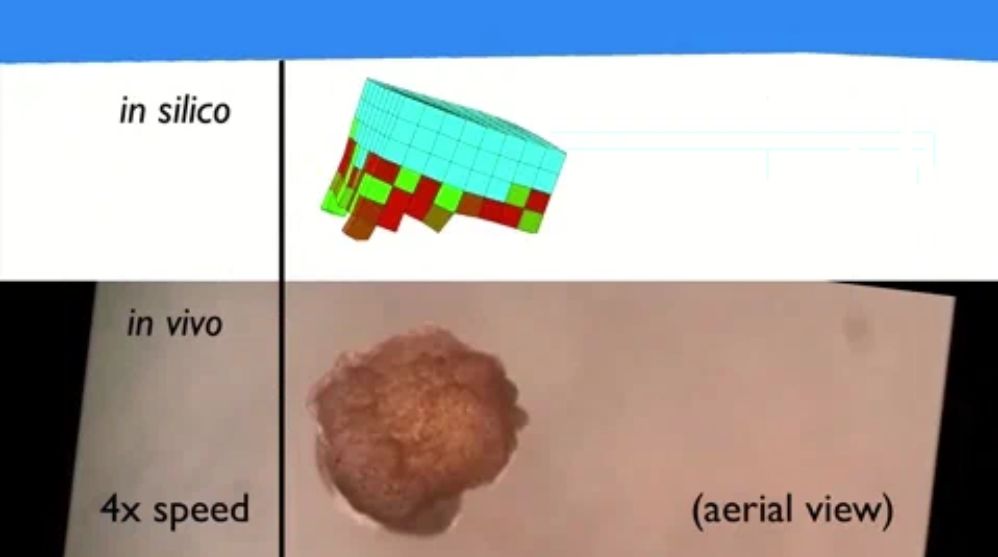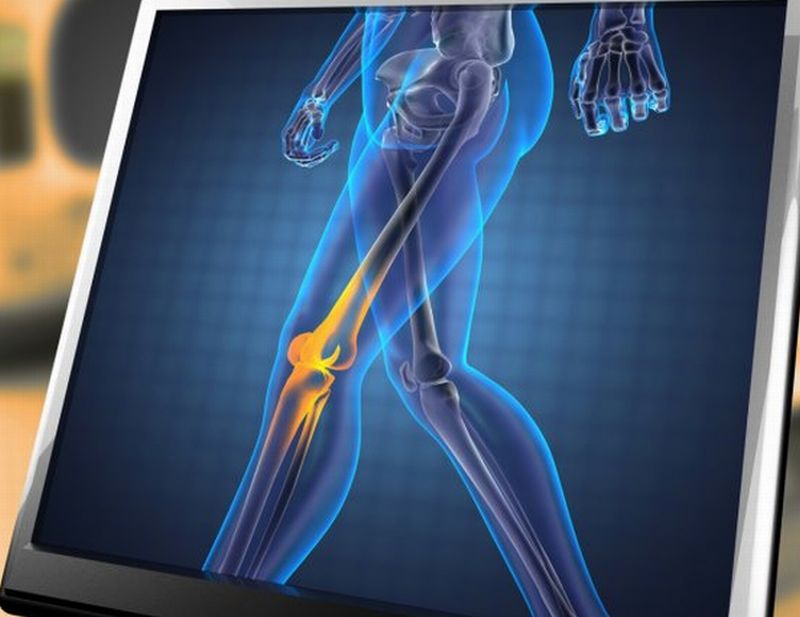Dendrites, branch like extensions protruding from a single neuron, participate in computations and permutations to give a synchronized output to the neuron. Researchers at MIT have now demonstrated that not only different types of dendrites (of a single neuron) collect input from various regions of the brain, they also process that information in different customized ways.
Read MoreTag: biotechnology
Maneuvering Brain Astrocytes via Magnetic Field: Magnetomechanical Stimulation
Researchers at University College London have discovered a new form of non-invasive therapy for neurological disorders. The technique called “magnetomechanical stimulation” (MMS) involves microscopic magnetic particles for remotely stimulating brain cells.
Read MoreBacterial Biofilm is a Complex Community: Selective Sporulation
Structural organisation has always been the hallmark of complex organisms, this however is not the case anymore. Researchers at University of California, San Diego have discovered that bacterial biofilms are not at all simple but is a complex community, which has a direct relationship with its external settings.
Read MoreInterview: Dr Nadac Reales, a Biotechnology Research Scientist at University of Antofagasta, Chile
Dr Nadac Reales is Deputy Director of Innovator Services at University of Antofagasta, Chile. Additionally, she is running her own firm, the Rudanac Biotec Lab. Aim of her lab is to provide biotechnological solutions to real world problems.
Read MoreMetal Eating Bacteria to Clean Up Metallic Waste: Green Mining
A starving being can eat everything and anything and within minutes. While in the character of 19th-century trapper, Leonardo DiCaprio, a starving man in The Revenant eats raw bison liver. Survival instinct is what keeps the living beings away from extinction coz of hunger and this can be seen in microorganisms as well.
Read MoreSkin Cells Reprogrammed into Early Embryos: Stem Cell Research
In an interesting research, scientists made an unbelievable attempt of creating early human embryo from skin cells! An international team of researchers led by Monash University Australia has developed a model that resembles human embryo from skin cells.
Read MoreOne Epidermal Patch to track Cardiovascular and Multiple Biomarkers: Wearable Microelectronics
Monitoring cardiovascular signals and multiple biochemical levels together on one tiny wearable patch has always been a far-fetched dream in the nanotech world. Scientists across the globe are still trying to figure it out however, researchers at the University of California San Diego have done something extraordinary in soft, stretchy skin patch.
Read MoreOctopus Inspired Device For Transferring Delicate Implants: Biomimicry
Researchers at University of Illinois at Urbana-Champaign and collaborators have come with up an innovative way to surgical grip the fragile tissue grafts. Generally, during the ultra-thin tissue grafts, the grip leads to the collapse of structural integrity and functionality of soft tissues transplants. It has always been a challenge to preserve them during grafting and transferring process.
Read MoreMicrofluidic Squeezing Leads To Stemness: Cell Engineering
In an interesting finding, scientists at Massachusetts Institute of Technology and Boston Children’s Hospital have discovered that physically pressing microscopic intra-cellular structures together can trigger cells to grow faster. This phenomenon at microscopic level resembles the spread of things like ideas, interests and even infections within a close proximity of people.
Read MoreBiodegradable Electronic Blood Vessels: Tissue Interactions
In a joint effort, researchers at China and Switzerland have developed electronic blood vessels that mimics their natural counterparts. Most of the times, some foreign agent when implanted within the human body display uncertain behaviour. Incompatibility is a critical issue and at times, it often leads to tissue trauma.
Read MorePETase with MHETase Speed Up The Breakdown Of Plastic: Enzyme Innovation
We live in a plastic era. Ubiquitously, the substance is found in our household and communities across the globe. Not only we have filled up our land but also oceans with plastic. Worldwide waste management market size is expected to reach $484.9 billion by 2025 from $303.6 billion in 2017.
Read MoreElectronics Out Of Bacteria: Microbial Physiology
Bacteria – Geobacter, to be more specific – discovered electricity much before than we did. And the interesting part is – ubiquitous, groundwater and also the under the ocean dwelling bacteria takes-in the organic waste and give-out “electrons”. Yes, a tiny electric current is an end product of their exhaling process.
Read MoreSpecialized Grafts Behaved Like Neurons: Spinal Cord Injury
A spinal cord injury (SCI) usually causes perpetual damage within our body. This can result in long-term disability. And in most of the cases, spinal cord compression can lead to paralysis.
Read MoreXenobot: AI is Pushing the Best Way to Construct Itself
Scientists at the University of Vermont, have created a new class of artifact, called xenobots. They have used frog’s stem cells to fabricate first living robots.
Read More3D Bioprinting Would Help Bones Regenerate Without Using Grafts: Printing Prosthetics
Dublin based research team has successfully developed a procedure of 3D bioprinting to design new cartilage templates in the shape of missing bones. This bioprinted template will be implanted in the body to regenerate new bones to fix major injuries and bone defects. Traditionally, such injuries and bone defects require some form of bone grafts that are painful and invasive and often have complications of its own.
Read More

